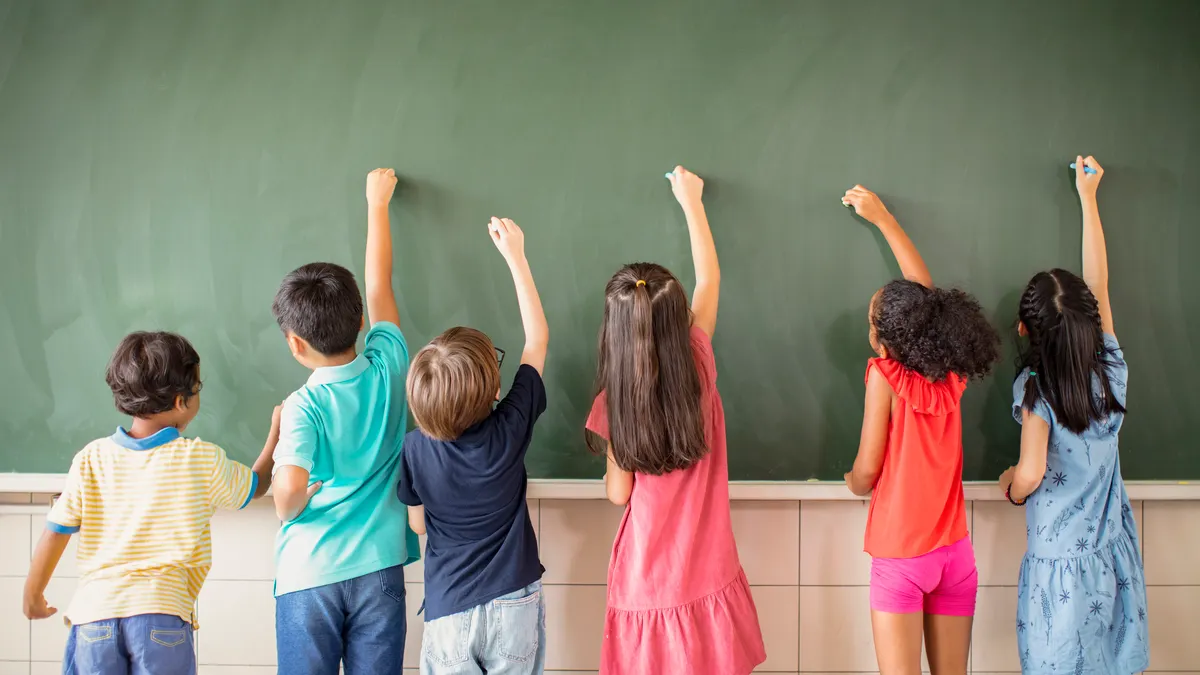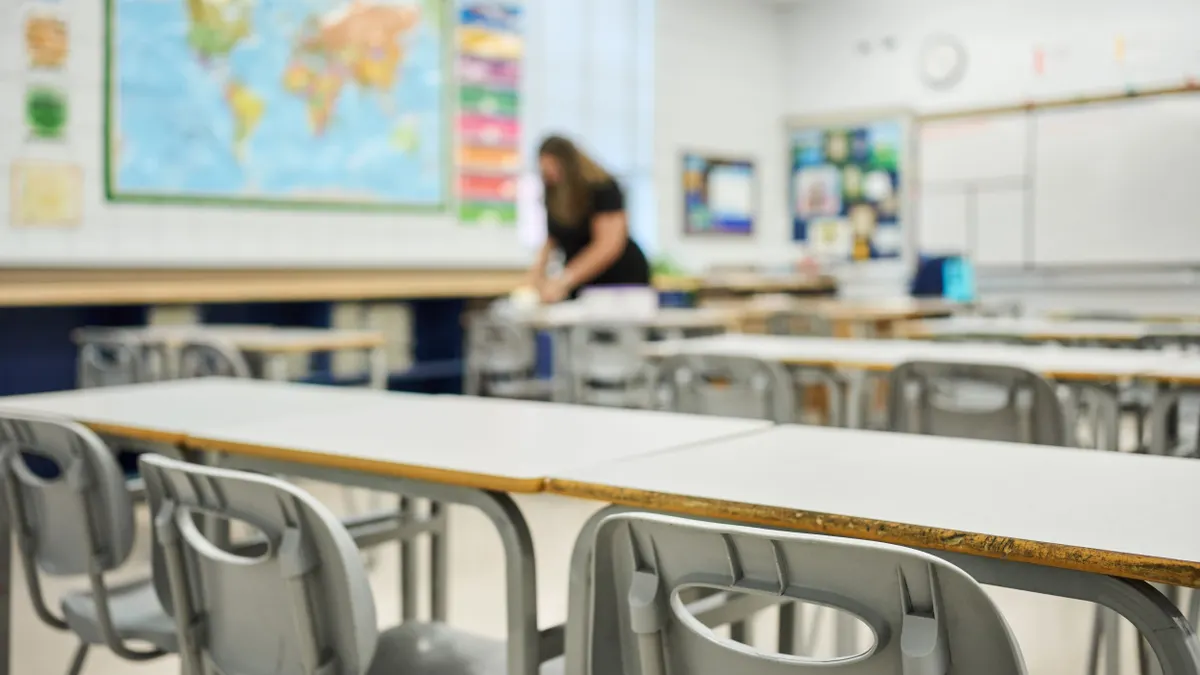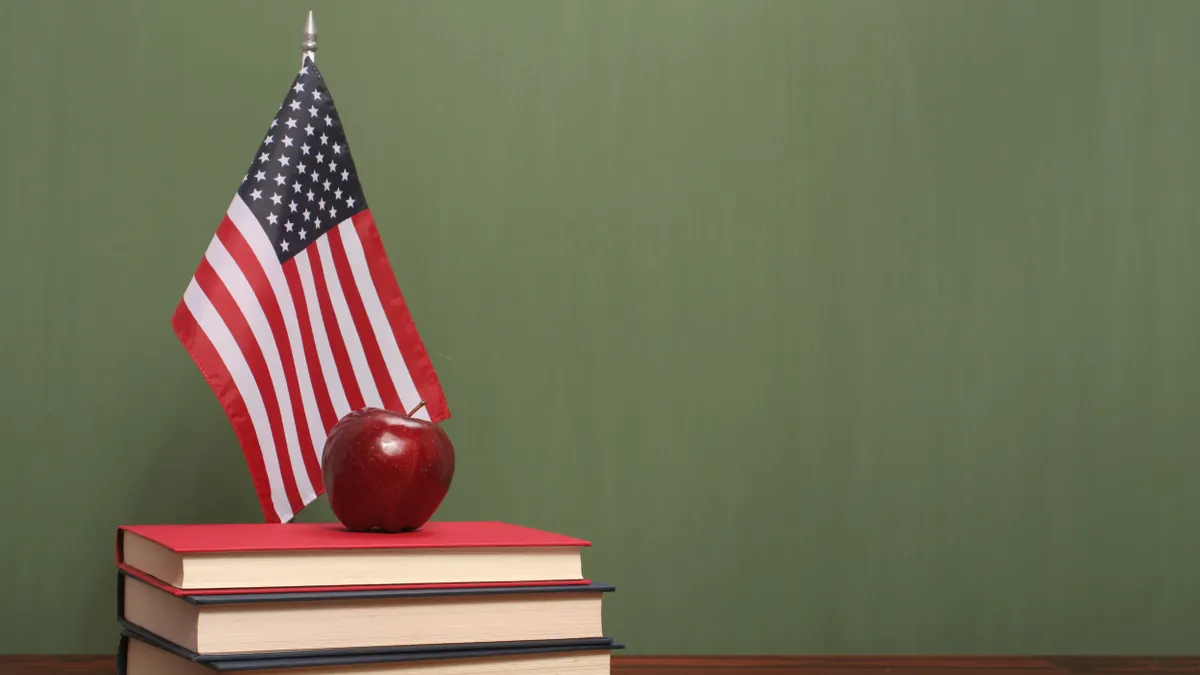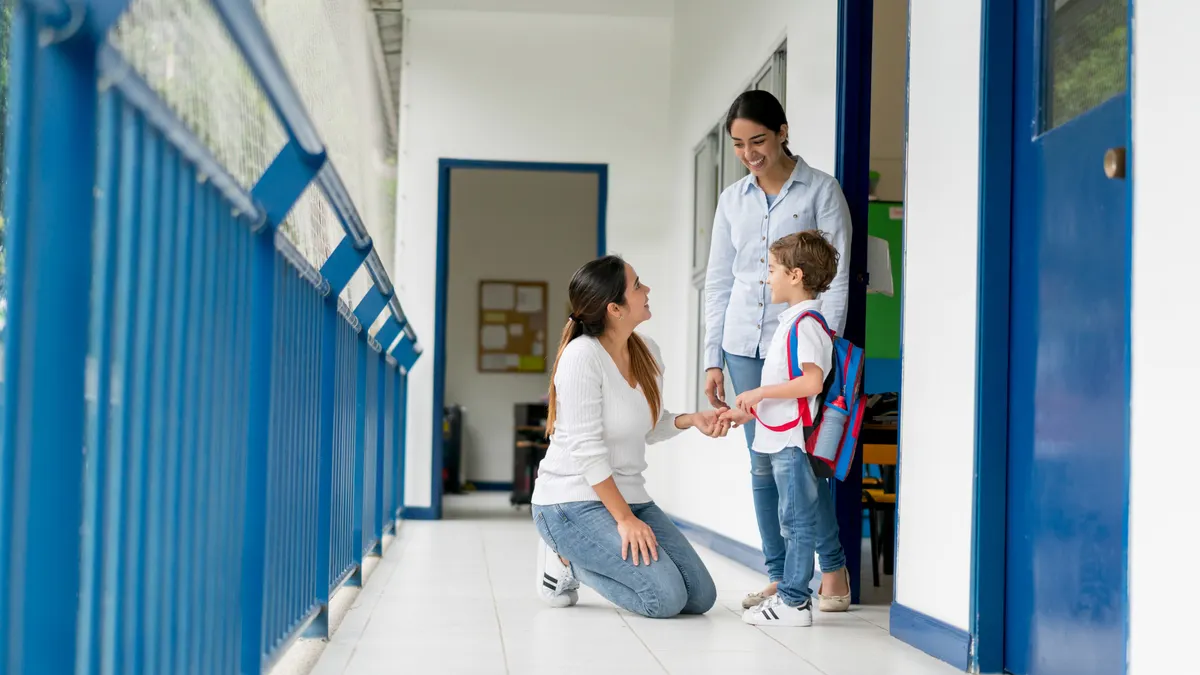Now what?
That’s what many experts have been asking since the most recent National Assessment of Educational Progress results were released last month, showing a decline in reading achievement at 4th grade in 17 states and at 8th grade in 31 states.
“The NAEP results are a clarion call for change,” says a statement from 10 education organizations that have outlined an agenda for reversing the trend in students’ reading achievement. The Council of Chief State School Officers is also planning to hold a literacy summit in late January on the issue.
State education chiefs, experts and others will assemble “to examine what we know works and what must be done to improve literacy for all kids,” says Olympia Meola, director of communications for CCSSO.
“We hope to enhance our collective understanding of strategies proven to improve literacy skills for students with a focus on students who are performing in the lower percentiles, identify action steps state leaders can take to support improved reading outcomes and identify opportunities for partner support on this issue, including opportunities to engage stakeholders at the national and local levels.”
Jim Cowen, executive director of the nonprofit Collaborative for Student Success, says he's encouraged state leaders will gather to have a "tough discussion on literacy." He said he hopes the summit will focus on what "science tells us works in the classroom" and avoid "divisive and entrenched political fights."
Others have been focusing on the two bright spots in the results — consistent progress in both Mississippi and the District of Columbia — and are looking for lessons that can apply to other states and districts.
“Both Mississippi and the district have held to consistent and coherent education reform strategies for the better part of a decade, which is no mean feat amid changes in leadership and shifting political priorities,” Claus Von Zastrow, a principal at the Education Commission of the States, writes in a recent article.
And now the Educational Testing Service is offering a number of assessment-based solutions for responding to what it calls a “reading crisis” experts say is largely driven by poverty.
“Although there are countless social, community, family and other environmental factors that can be leveraged to improve the reading skills of America's children, we argue that a part of the problem might be addressed with key assessment reforms,” write ETS assessment experts.
The methods used to measure reading comprehension, for example, should take into context the purpose a student has for reading a particular text, they suggest. They give the example of a “scenario-based assessment” in which students are told why they are reading a particular set of materials and what they are asked to do with the information.
“This purpose helps determine what information a reader should attend to, and at what level of depth,” they write. They note these types of assessments can also contribute to students’ knowledge.
‘Rethinking the reading relationship’
The authors also recommend educators continue to assess students' “foundational” reading skills — including decoding, word recognition, general vocabulary, sentence processing and basic comprehension — after 4th grade. They note weaknesses in these areas likely contribute to low comprehension skills among middle and high school students — and often go undiagnosed.
“Reading and comprehension and literacy is in everything,” says Alycia Worthy, a career and technical education at City of Medicine Academy, a health services magnet high school in the Durham Public Schools in North Carolina. Worthy was among a team of 9th-grade teachers, along with the school’s principal, who participated last week in the National Literacy Summit, co-sponsored by the Successful Practices Network and Achieve3000, a literacy curriculum platform.
Not surprisingly, the NAEP results were fresh on the minds of presenters and attendees. Speakers at the event, Worthy says, focused on “rethinking the reading relationship” so that students who struggle with reading can have more positive experiences.
Doug Fisher, a professor of educational leadership at San Diego State University, discussed steps schools in San Diego have used to increase literacy performance, including increasing the amount of time during the school day spent on literacy and building in time for conversation about what students are reading.
San Diego is one of the districts in NAEP's Trial Urban District Assessment program that saw gains in reading at both 4th and 8th grade this year and has shown steady progress over the past decade.
"He stressed that while some learning tasks should be fluid, others should require stamina or grit," says Annette Gurley, the former chief of teaching and learning in the Chicago Public Schools, who also presented at the conference. "He advocated for moving student tasks from surface learning to deep learning, where students are challenged to own and apply their learning."
In her session, Gurley says she first described her work with a network of CPS elementary schools serving predominantly students of color from low-income homes. Professional learning communities focusing on literacy, data analysis training and regular monitoring visits were among the strategies that "supported gains in literacy for our most marginal students," she says.
At those schools, the time spent on literacy was also protected. "This was key," Gurley says. "Valuable instructional time was being lost with announcements, assemblies, conferences interrupting instruction."
Then she broadened the discussion to focus on CPS in general, where the school day and year were lengthened and middle school literacy instructors were certified to teach reading. The district also created a marketplace of "vetted instructional resources" from which principals and school leadership teams could choose and ran a five-week summer school program for students scoring in the bottom fourth on a high-stakes assessment.
A recent study identified CPS as being one of the most-improved large districts in the nation. But after increases on NAEP for several years, reading scores have dropped at both 4th and 8th grade.
The role of 'external influences'
At City of Medicine, many entering students still struggle with reading. That’s why Worthy spends a lot of time on vocabulary, giving students time to read something of their choice, and then requiring them to write about what they’ve read and talk to peers about it. A student once asked her, “Is this a vocabulary class?”
She also assigns them articles from Newsela, a resource that provides news stories adjusted for students’ reading levels. “We can all discuss it,” Worthy says. “They just read it at different levels.”
The ETS report calls for measuring students’ background knowledge on the topic covered in the text they’re reading. Knowing what students know, they write, can help educators choose appropriate texts to read and help students gain confidence as readers.
The authors note students with lower reading skills are less motivated to read, contributing to a cycle in which poor readers don’t improve and skilled readers continue to get better. They add, however, gaps in skills or knowledge aren’t the only reasons why students struggle with reading.
“External influences can impact a student's academic performance,” they write, “for example, the environment for learning in the home, the level of parents' education and involvement, the quality of schools and teaching, and inequalities among various neighborhoods and communities.”







 Dive Awards
Dive Awards














